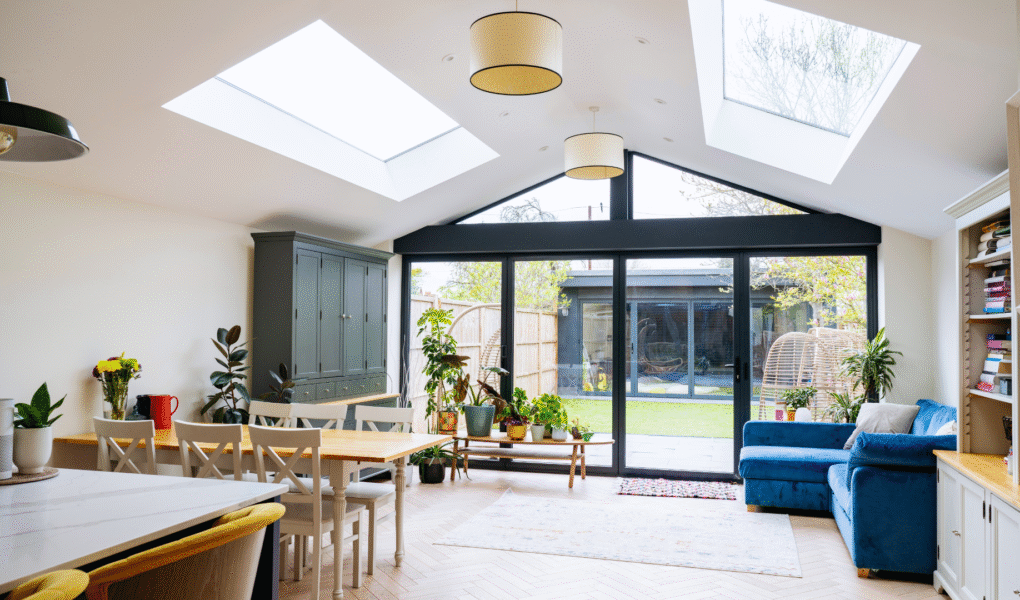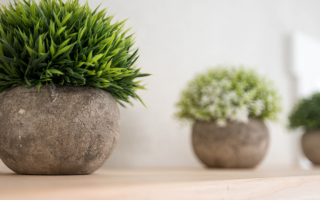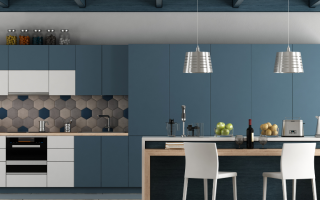Decorating a home can be both an enjoyable and challenging task. Many seek to create spaces that are not only visually appealing but also practical for everyday use. Incorporating a mix of function and style allows individuals to achieve a harmonious balance that enhances both aesthetics and livability.
Choosing the right furnishings and decor plays a critical role in this process. It’s essential to select items that serve a purpose while also reflecting personal taste. From multifunctional furniture to thoughtful color palettes, each element contributes to a cohesive design.
Maximizing space without sacrificing style can transform a home into a more inviting environment. By understanding the interplay between functionality and design, anyone can create a space that is as practical as it is beautiful.
Foundation Principles for Mixing Function and Style
Mixing function and style requires a thoughtful approach to create a cohesive and aesthetically pleasing environment. Understanding personal design preferences and establishing a solid foundation is key to achieving the desired balance.
Identifying Your Design Style
To successfully mix function and style, one must first identify their design style. This involves exploring various interior design styles such as modern, minimalist, bohemian, or traditional. Consider what resonates with her, from color palettes to textures. Creating a mood board with images and samples can help clarify preferences.
Inspiration can come from magazines, social media platforms, or home decor websites. By pinpointing a preferred style, she can better integrate functional pieces that reflect her aesthetic.
The 80/20 Rule for Cohesion
The 80/20 rule is a valuable approach in design, suggesting that 80% of the space should follow a core style while 20% can introduce eclectic elements. This principle allows for personalization without sacrificing cohesion.
For example, a room dominated by a modern style can feature 20% of vintage or eclectic items, adding character and uniqueness. In practice, this might include selecting a contemporary sofa paired with a vintage coffee table or artwork. This balance helps maintain a structured look while infusing personal flair.
Establishing a Neutral Foundation
A neutral foundation sets the stage for mixing styles effectively. Neutral colors such as whites, beiges, or grays create a backdrop that allows other design elements to stand out. These tones are versatile and timeless, making them an ideal choice for walls, larger furniture, and key decor items.
A neutral palette provides flexibility to add bolder accents later, whether through pillows, rugs, or artwork. Establishing this base ensures that, regardless of style changes over time, the overall harmony of the space remains intact.
Balancing Functionality With Stylish Elements
Creating a space that reflects personal style while providing practical utility requires careful consideration. A mix of functional decor and appealing design can enhance both comfort and visual interest in any home.
Choosing Practical Yet Attractive Furniture
Selecting furniture that blends function and style is essential. Look for versatile pieces, such as a coffee table with storage or a sofa bed that serves dual purposes. Incorporate vintage pieces for a touch of character. They not only offer functionality but also add uniqueness to the decor.
Materials matter, too. Durable fabrics and easy-to-clean surfaces maintain aesthetics while being practical. When considering sizes, ensure they fit well in the space without overwhelming it.
Layering Textiles for Comfort and Interest
Textiles play a major role in achieving a cozy atmosphere. Consider layering rugs, throw blankets, and cushions to create depth and texture. Utilize mix-and-match techniques with various patterns and colors to add visual interest. For instance, combine geometric patterns with softer textures to maintain balance.
When selecting textiles, opt for both durability and comfort. Fabrics like cotton, wool, and linen can elevate the tactile experience in the home. A cohesive layering approach fosters warmth while ensuring that style is not sacrificed for comfort.
Integrating Storage With Decorative Pieces
Storage solutions need not be bland. Incorporating decorative storage options can enhance the room’s aesthetics. Consider stylish baskets, vintage trunks, or antique furniture that doubles as storage space. These items serve a dual purpose, keeping spaces clutter-free while adding charm.
Incorporating wall-mounted shelves allows for both storage and display of decorative items, enhancing visual interest. Choose pieces that complement existing decor without clashing with the overall style.
Blending a Variety of Design Styles
Mixing different design styles can create a unique and personalized home environment. By thoughtfully selecting elements from various aesthetics, one can achieve a cohesive look that reflects individual tastes.
Mixing Wood Tones and Materials
To create visual interest, incorporating various wood tones is essential. Dark woods can be paired with lighter finishes, such as oak or pine, to add depth. Mixing materials enhances texture; combining wood with metal or glass brings balance and sophistication. For instance, a reclaimed wood table can complement sleek metal chairs, creating a contrast that is visually appealing.
Using different wood grains also adds character. A rustic farmhouse table surrounded by mid-century modern chairs brings warmth through texture. Accessories, such as wooden vases or decorative bowls, can tie the different wood tones together seamlessly.
Combining Traditional and Contemporary Touches
Blending traditional and contemporary elements can transform a space from ordinary to extraordinary. Classic furniture pieces, like an antique sideboard, can be paired with modern decor, such as abstract art or sleek lighting fixtures. This combination creates a dialogue between the old and the new, keeping the space relevant.
Incorporating contemporary textiles, like geometric-patterned pillows, alongside traditional fabrics—like wool or linen—adds depth and contrast. For example, pairing a traditional tufted sofa with a contemporary coffee table generates a balanced aesthetic that appeals to various tastes.
Incorporating Vintage and Modern Flair
Integrating vintage and modern decor can infuse a space with charm and personality. Vintage finds, such as a mid-century modern chair or retro art pieces, offer nostalgia. When these pieces are coupled with modern accessories, like minimalist lamps or contemporary rugs, they elevate the overall design.
To maximize impact, display vintage accessories such as books, clocks, or artwork in harmonizing colors. This approach allows one to maintain a cohesive style without creating visual clutter. The result is a dynamic environment that feels curated and thoughtful, merging different eras into one cohesive design.
Creating Cohesion With Color and Decorative Accents
A well-coordinated color palette and carefully chosen decorative accents can establish a strong sense of harmony in any space. Thoughtful selection in these areas enhances both functionality and style within the home.
Selecting a Compatible Color Palette
Choosing a color palette is foundational to achieving cohesion. Earthy tones combined with a neutral palette can create a calming environment. A homeowner might select soft beiges, warm greys, or muted greens. These colors not only provide balance but also blend seamlessly with various decor styles.
Incorporating bold colors as accents can introduce a modern flair without overwhelming the space. For instance, a deep navy or rich terracotta can be paired with lighter shades for contrast. He or she should consider the mood they wish to convey. Soothing colors can help create serenity, while brighter hues can add energy and vibrancy.
Enhancing With Artwork and Statement Pieces
Artwork plays a crucial role in tying a room together. Abstract paintings in complementary colors can act as focal points. For instance, a large canvas featuring a palette aligned with the room’s colors can add visual interest and depth. Statement pieces, such as oversized sculptures or unique light fixtures, can elevate the design.
When selecting these accents, it’s essential for her or him to ensure they resonate with the chosen color scheme. A mismatched piece can disrupt visual flow. Artwork and decor objects should reflect personal taste while enhancing the cohesive look. Incorporating layers of texture through various materials can also add intrigue without sacrificing unity.
Using Repeating Materials for Flow
Repeating materials brings a sense of continuity throughout spaces. It helps to establish a cohesive design. Consider implementing a specific material in different areas. For example, if a homeowner uses wood accents in the living room, including similar wood tones in adjoining areas can create harmony.
Complementary fabrics, metals, and textures can also connect rooms. For instance, using the same metal finish for lighting fixtures and cabinet handles unifies both function and decor. Whether it’s through furniture, textiles, or decorative items, this strategy reinforces design themes and enhances the contemporary feel of the space. Balancing materials thoughtfully promotes an inviting and elegant atmosphere throughout the home.




